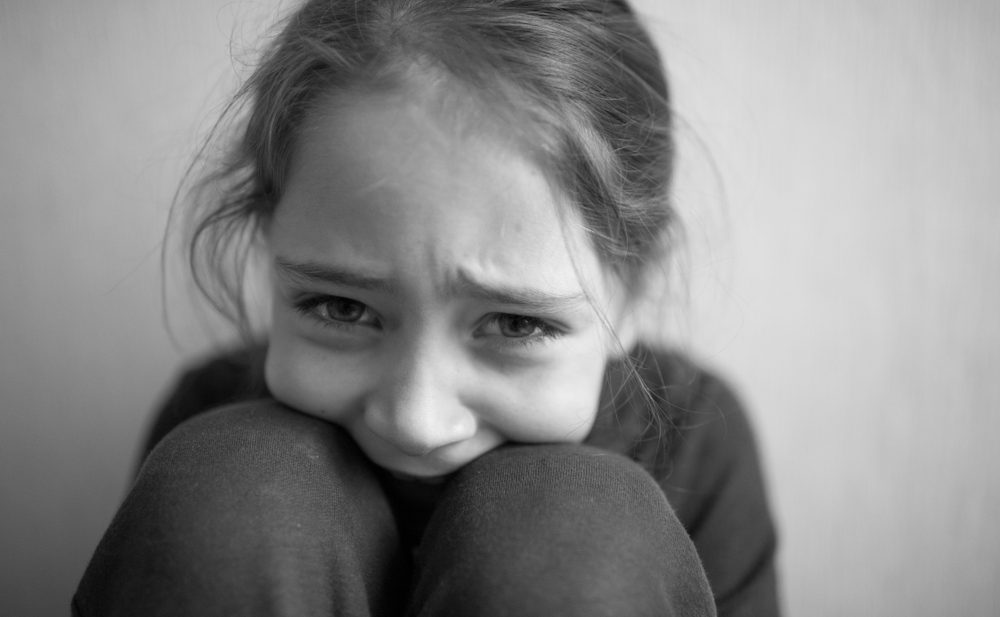BE A HAND TO HOLD ONTO
Panic attacks are a challenging experience for anyone, but when it comes to children, they can be tougher to handle. In fact, according to the Anxiety and Depression Association of America (ADAA), approximately 2-3% of children experience panic disorder. Panic attacks in children can be scary and confusing at the same time, for both the child and their parents, and it’s important to understand what panic attacks are and how they can be managed.
What are Panic Attacks in children like?
Let’s say a young child is innocently playing with his toys or hanging out with his friends. Suddenly, his heart starts racing and he can’t catch his breath. He may feel like the room is closing in on him and he’s convinced something terrible is about to happen. This is what a panic attack can feel like for children.
Children with panic attacks often don’t understand what has occurred to them, making the experience even more frightening. If you’re a parent or caregiver of a child who has had a panic attack, it’s important to understand what your child is going through and how to support them.
First and foremost, it’s important to understand that an episode of a panic attack is not a sign of weakness or attention-seeking behavior. Panic attacks are a very real and very scary experience for children. They are often triggered by stress or anxiety, which can be brought on by a variety of factors such as family problems, school stress, or societal pressures.
During a panic attack, a child may experience a range of physical and emotional symptoms. These can include a rapid heartbeat, sweating, trembling, shortness of breath, chest pain or discomfort, nausea, dizziness, chills or hot flashes, and a sense of separation from reality. It’s not uncommon for a child to feel like they’re dying or losing control during a panic attack.
The panic attack may be perceived as a scary experience for children, and it’s worth noting for parents and caregivers to be aware of what’s happening and to offer support. Here are some ways you can help your child during a panic attack:
- Stay calm and comforting. Panic attacks can be scary, but it’s important for parents to remain calm and offer reassurance to their children.
- Encourage your child to breathe deeply. Slow, deep breathing can help to reduce the physical symptoms of a panic attack and help your child feel more in control.
- Create a distraction. Encourage your child to focus on something else, such as counting objects in the room or reciting a favorite poem or song.
- Use positive self-talk. Help your child to challenge negative thoughts by reminding them of their strengths and accomplishments.
- Seek professional help if needed. If your child’s panic attacks are frequent or severe, it may be helpful to seek the advice of a mental health professional for a treatment plan.
As worrisome as it may sound, the relief is panic attacks are completely curable. With the right support and treatment, children can learn to manage their anxiety and reduce the frequency and severity of panic attacks early. As a parent, it’s essential to be patient and build a supportive atmosphere for your child. Work with your child’s healthcare provider to develop a plan for managing their anxiety. With the right tools and resources, nothing can stop your child from overcoming their anxiety and leading a happy and healthy life.
















